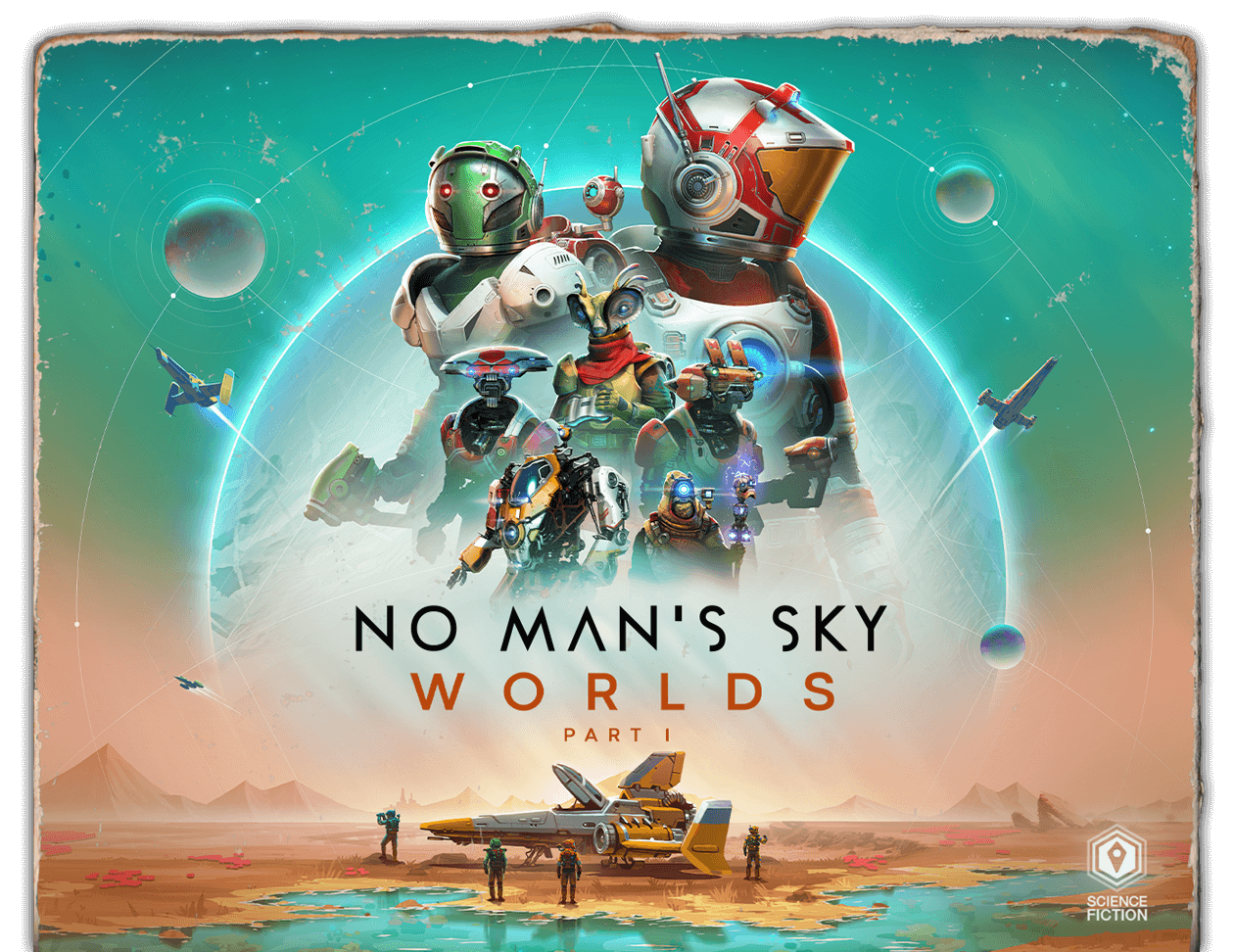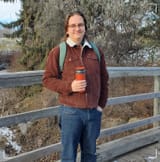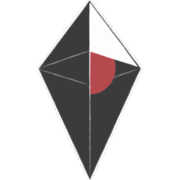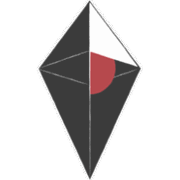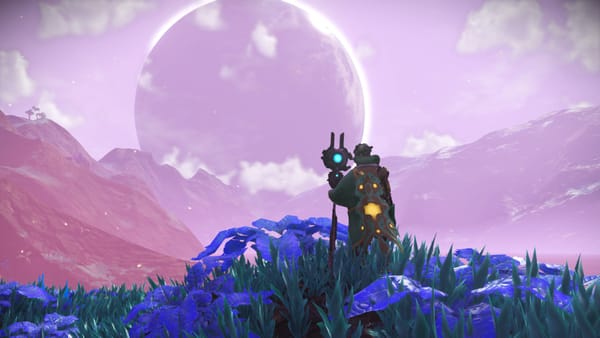The Wonders of Worlds: Creation and Procedural Generation in No Man's Sky
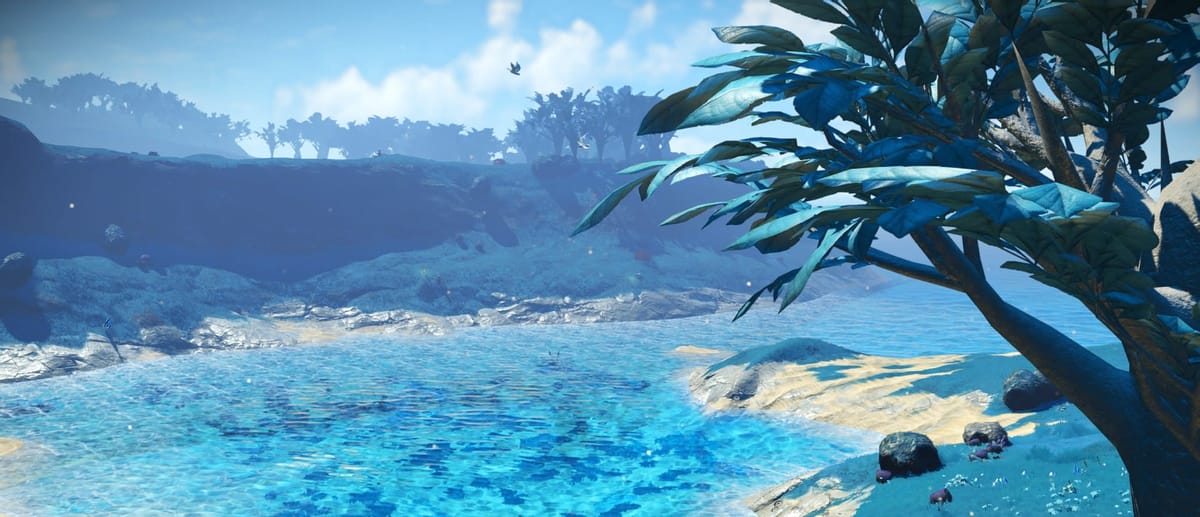
The initial release of No Man’s Sky was disastrous in nearly every conceivable way (review bombings, an investigation, and even death threats). But in a story of resilience for the ages, the team’s post-launch development has been nothing short of a redemption arc, because rather than taking the money and running for the hills (like so many development studios before), Hello Games dug in their heels amidst immense backlash and spent years grinding away at free updates for the community. These free updates have included complete overhauls to combat, the introduction of new game modes and gameplay mechanics to keep the game fresh, and major advancements in graphics and performance (among plenty others). On a personal level, I found their Companions update quite charming, in so far as it introduced alien pet companions to the game. Now, all these kooky and cute creatures I was stumbling upon planet-hopping, had a purpose behind merely surveying and cataloguing. With this update, you could finally raise and nurture them, as well as ride, genetically-alter, and trade their eggs with others. Another favourite addition to this sandbox was the Aquarius update that brought fishing into planetary waters, with complementary features like a deployable Exo-Skiff, new recipes, and fishing records enhancing the experience as well. But in the past year, two updates, both united in spirit, have made tremendous advancements in the sandbox that require a special shout out: Worlds Part 1 and Worlds Part 2. Both updates have pushed the galactic boundaries of No Man's Sky's original design to new limits. For all the game developments' early stumbling, these updates warrant admiration. This is particularly needed when we reflect upon the rampant corporate malice and greed that dominates much of the current video game industry. I’m looking at you, Xbox. But rather than call foul the excesses of Ubisoft and Activision Blizzard, I want to take a moment to celebrate Sean Murray and HelloGames!
But what, might you be wondering, is so wonderful about these two updates? It's a fair question. Let's review the fundamentals of No Man's Sky's world design. At the heart of the game's galactic vastness, which allegedly contains 18 quintillion planets (though counting would be a fool's errand), is their procedural generation engine. For those out of the loop, procedural generation is "a method of creating data algorithmically as opposed to manually, typically through a combination of human-generated content and algorithms coupled with computer-generated randomness and processing power." Most video games have manually created worlds developed for players to inhabit or play through. This could include the village of Stardew Valley, a crowded player hub in Guild Wars 2, or a multiplayer map for Battlefield 1. In fact, this is often so apparent that it is considered the default understanding of video game development for many people. But procedural generation uses data and algorithms, which have become synonymous with evil machinations of Big Tech, to produce radically unique alternatives for video game worlds and the players that explore them. While procedural generation is not exclusive to No Man's Sky (the practice has existed for as long as video games have been developed), Hello Games undeniably leveled-up what this could mean for video game development, purely due to the sheer scale of their design feat. This is how it works.
Everything within No Man's Sky's universe is oriented around the creation and modification of a single initial seed - which is an arbitrary code for a procedural-generated digital world. Minecraft or Valheim can create nearly infinite variations of seeds, because they can be played offline as well, but a single seed is needed in No Man's Sky to create a single universe shared by players across different platforms, times, and places. This allows the player experience of a specific single planet to be identical to others. From this seed, each star system, planet, creature, or space station (among other elements of the game) are generated upon a player's first visitation. This means that if you are the first player to ever visit a star system, you have effectively prompted the conditions for that star system's very creation. The characteristics of that creation, whether it is the deep crevices along planetary seafloors, the roaming herds of aliens, or the hues of grasses being flicked around by the wind, are generated using a series of algorithms produced by HelloGames themselves. These algorithms are altered from time to time to change the possible combinations allowable within the game engine. Back during their Origins update, their adjustments to procedural generation refreshed the entire universe, including previously visited and colonized planets, resulting in chaos as pristine sand-swept beaches could be utterly transformed into hostile volcanic hellscapes. Not ideal for a beach house a player might have recently built, but cool nonetheless. This is not to say that HelloGames is not designing creature models, multi-tools, weather effects, the textures of water, the sky's palette, or the visual components of a starship - far from it. But their procedural-generative engine is at the heart of their design and remixes possible combinations to create unique variance when the player engages with the world.
With the recent Worlds Part 1 & 2 updates, HelloGames have again, but more dramatically, altered the procedural generation engine to not only vastly expand the size and scope of their worlds, but transformed them through greater diversity than anything previously seen. This diversity is needed, because as varied as this engine might initially appear, players spot continuity in design and notice similarities over time. For example, whilst a model for a cacti can be exceptionally varied on an arid planet, the unique characteristics of that cacti would be rendered unidentifiable with repeated visits to different arid planets. This is widely reported by players as a weakness on r/NoManSkyTheGame. But HelloGames recognizes this inherent challenge within this design strategy and has pushed ahead with the Worlds update as a remedy for any bored star-hoppers out there. For starters, the Worlds updates have altered terrain generation to allow greater topographical diversity with cascading mountains, deep water abysses, vertigo-inducing floating islands, and endless grassy foothills being examples. The update has also revamped biome generation with new fauna models generated (such as seahorses, giant beetles, and sentient roaming buildings), new flora models (like snow-covered conifer trees, odd meadow wildflowers), to strange rock formations to extract resources from. Beyond this, the team has forged new planet types, from immense gas giants to planets riddled with the fragments of a long-abandoned civilization. Strange new hazards, storms, and anomalies have added greater danger to space exploration with each planet having its own challenges, including geothermal geysers, localised gravity inversion zones, strange carnivorous floral life, and colossal underwater beasts. There is a lot more diversity in their procedural generation engine to uncover, but it makes each expedition to an undiscovered planet novel in its own way.
Of course, when diversity fails, the Worlds updates pull off another trick that provides more vitality to their wondrous generated worlds: it can amplify the feeling of immersion too. To do so, HelloGames had to pay attention to the sensory experience of the space exploration. They considered the hues of an alien sunset, the colours and shapes of clouds unlike any comparison with Earth, the sound of wind gusting through forests, and the thick blizzard obscuring vision. They thought about how light and shadows might play with each other and the depth they provide a player traversing down into a subterranean cavern or along a glittering palm-covered shore. They imagined the dynamic flow of water, from still lakes to raging seas, with its distinctive aqueous palettes, the way it ripples with a cast fishing line, and the foam-formed on rocky beaches. They had to envision themselves on the back of lumbering, gentle, lifeforms crossing a desert under the cover of night. HelloGames gave life to these worlds by not only advancing what is possible with their procedural generation engine, but also gave attention to the fact that players want more than that: they want the fantasy of space exploration and all of the sensory magic that entails. Only with effort invested in creating immersive experiences could players be genuinely transfixed and transported by these digital worlds. And that is not even including the discussion about No Man's Sky's VR mode, which takes immersion to new heights. Much of what I have discussed is from their detailed patch notes, because their galactic worlds are simply too titular to earnestly catalogue their its entirety, but in my short time with the new update, I am enthralled!
As the imaginal boundaries of procedural generation systems in video games continues to be advanced in coming years, artistic appreciation of the generated worlds themselves will require new metrics and novel perspectives to evaluate the creativity of these digital marvels. Seemingly, with little friction, but through ingenuity in computing sciences nonetheless, we have gone from the archaic pen-and-paper procedural generation found in late 70s/early 80s tabletop RPGs to the jaw-dropping manifestation of galactic sandboxes. Games like Minecraft, Rimworld, and of course, No Man's Sky are worth celebrating for what they represent about aesthetics and design within the video game industry: the harmonious and passionate melding of computer science advancements with the longing humans have to create beautiful, diverse, and immersive worlds. That is an achievement that Sean Murray and HelloGames should be proud of.
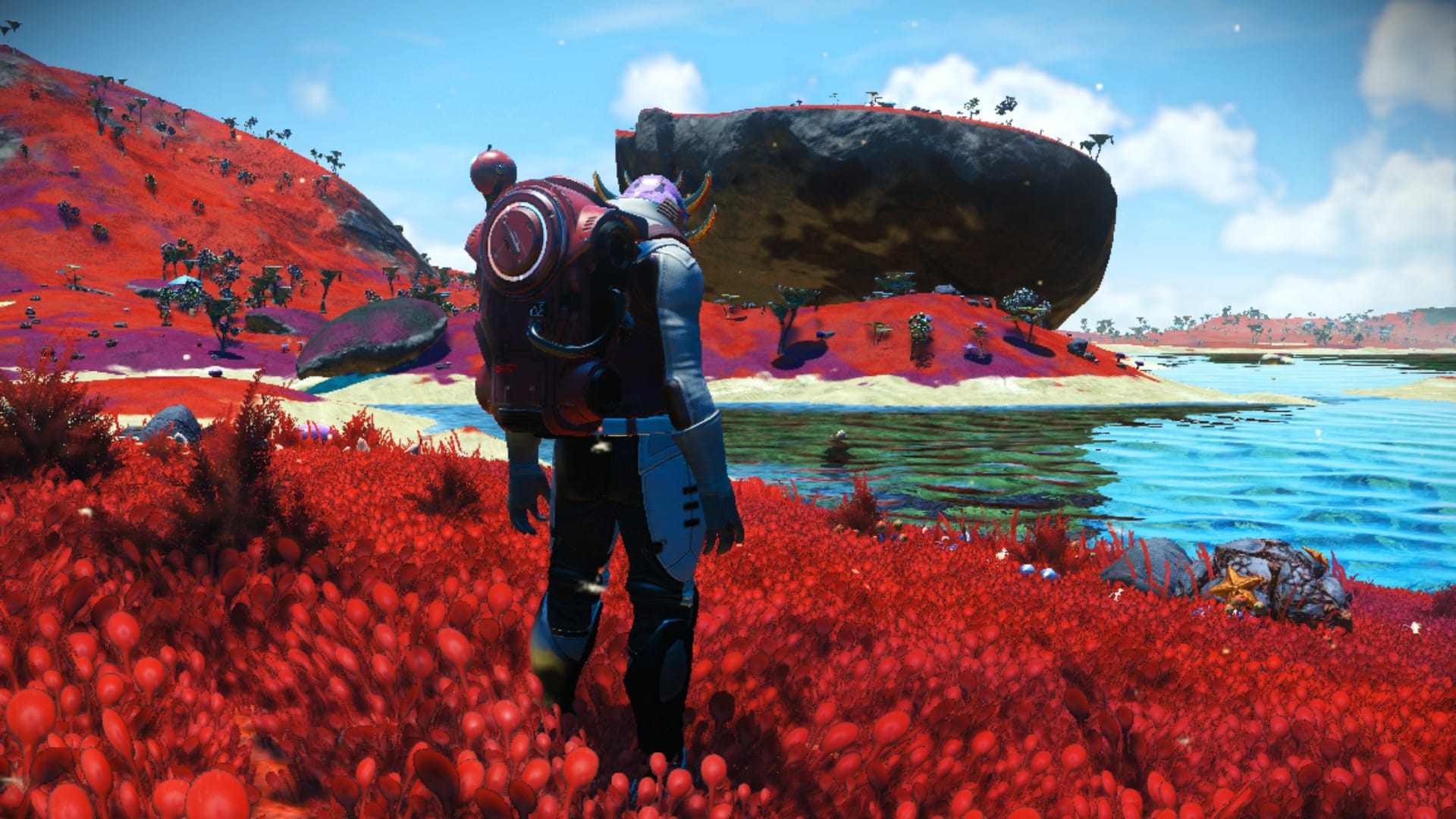
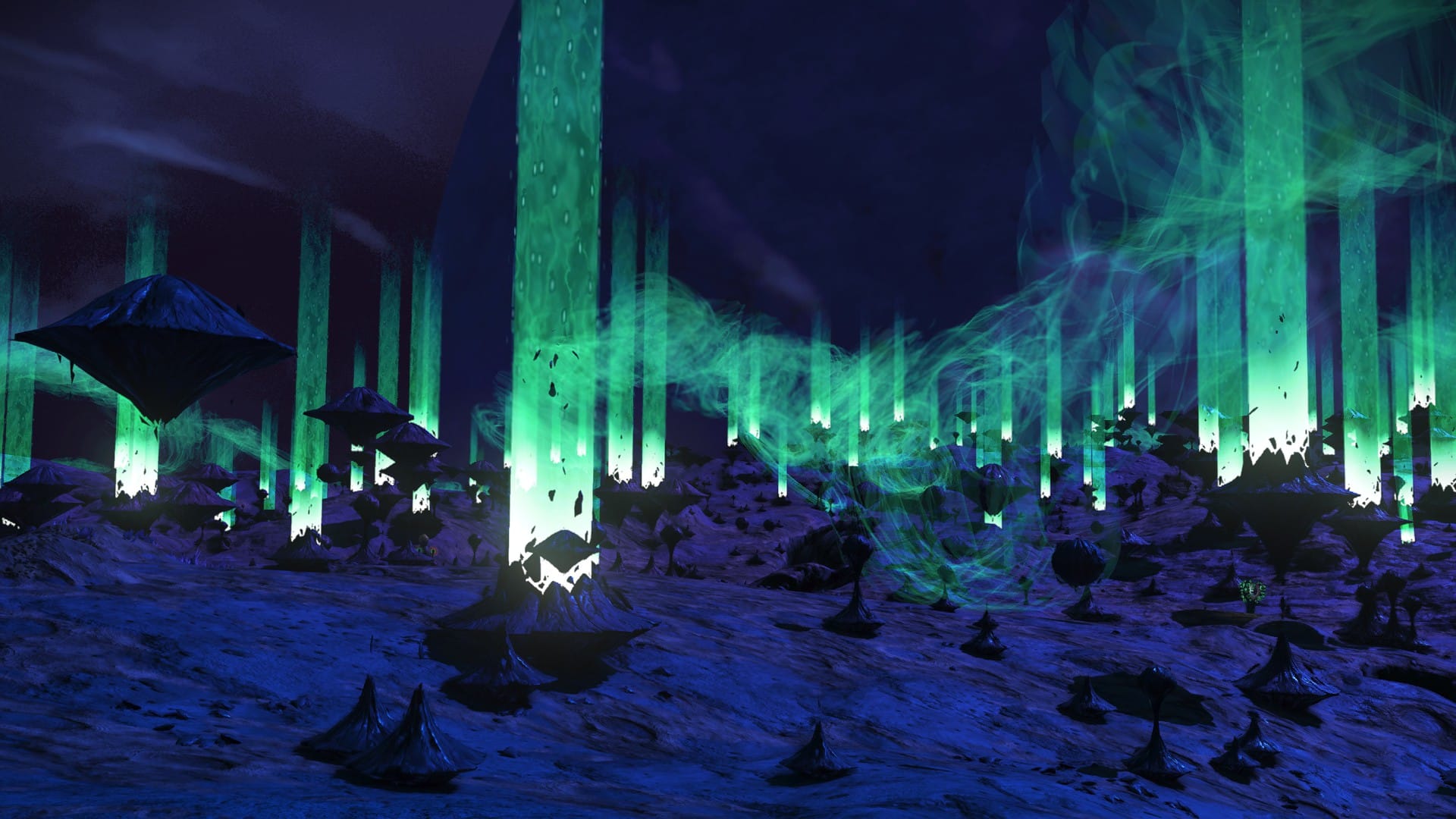
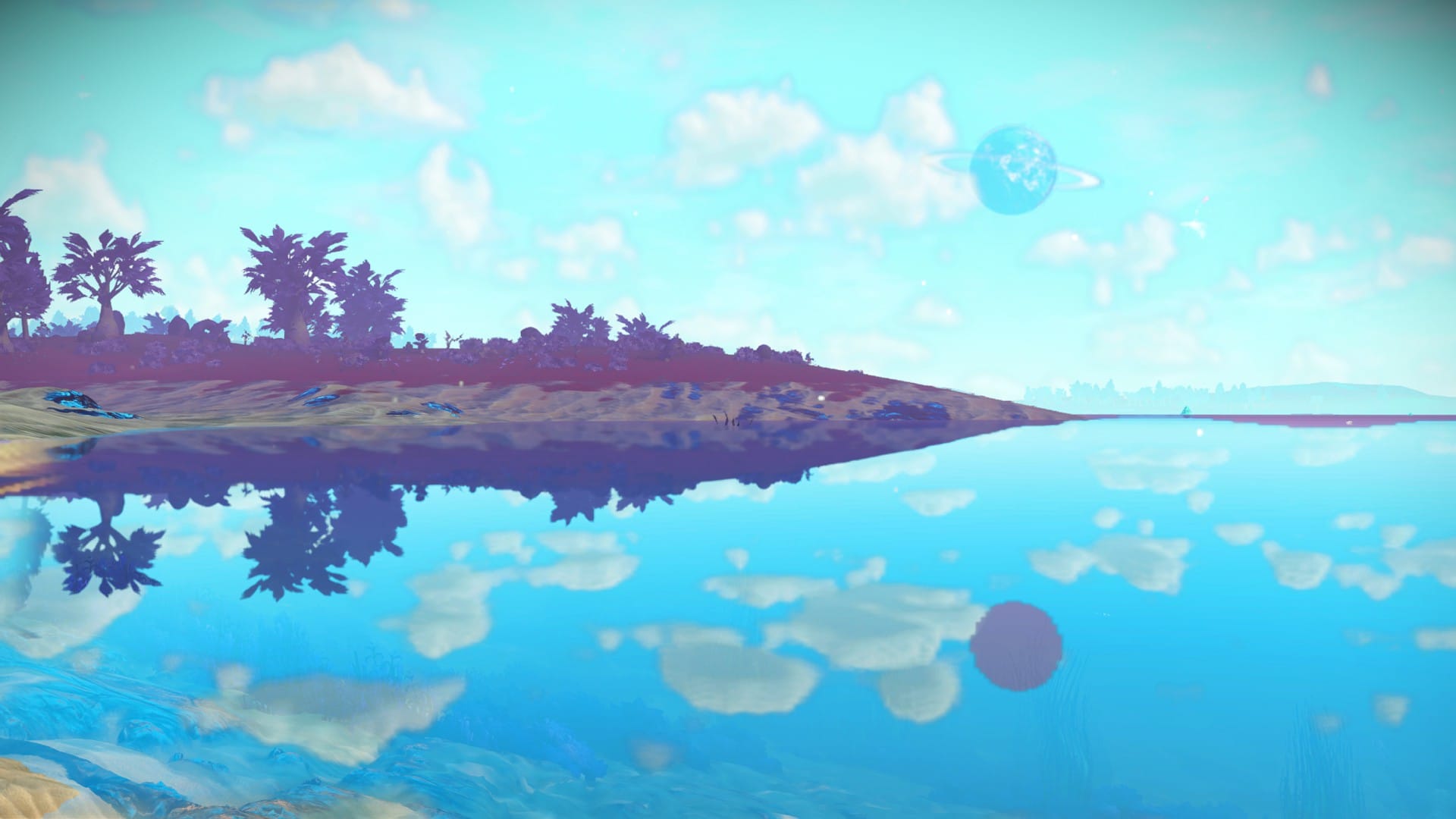
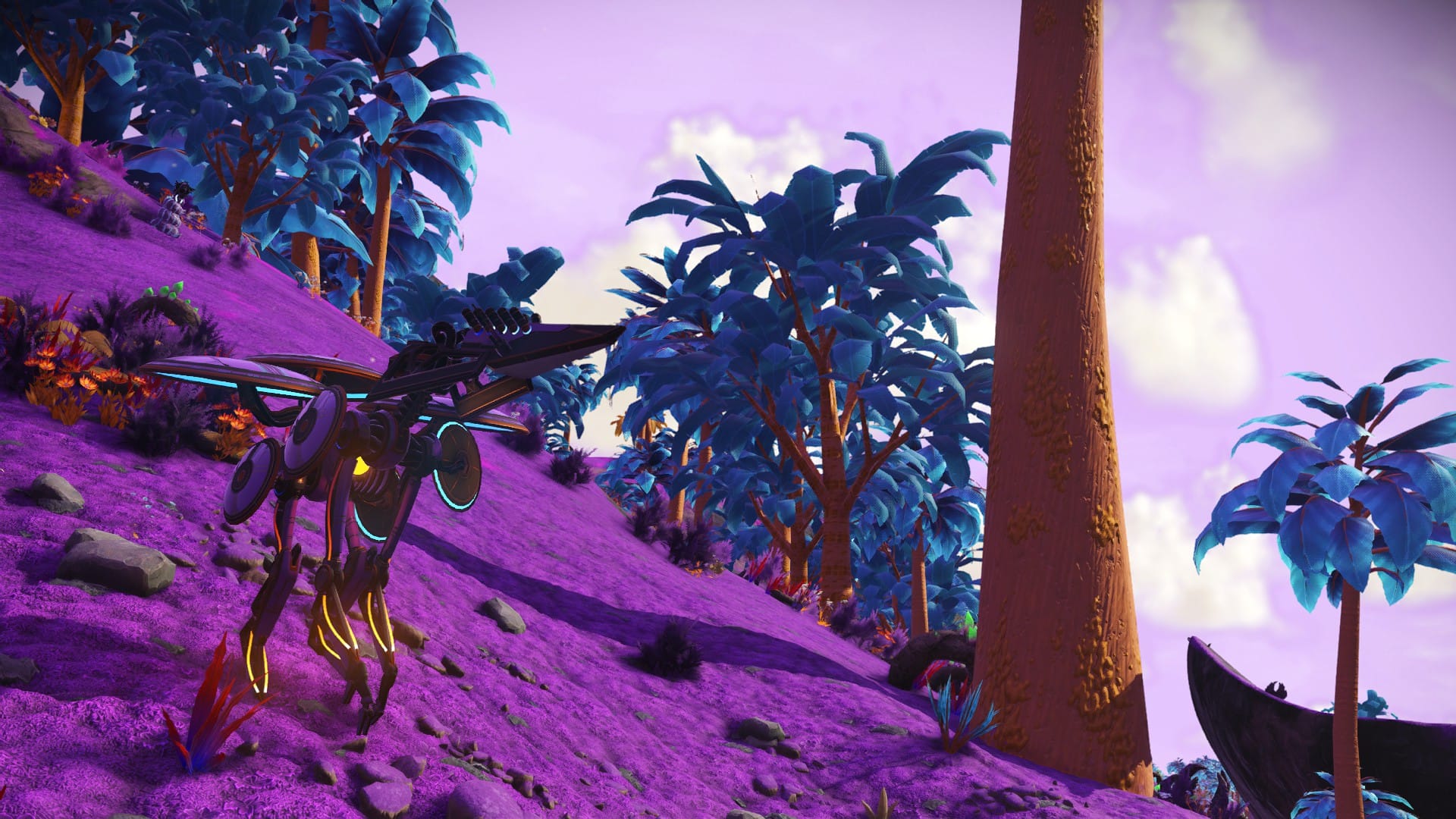
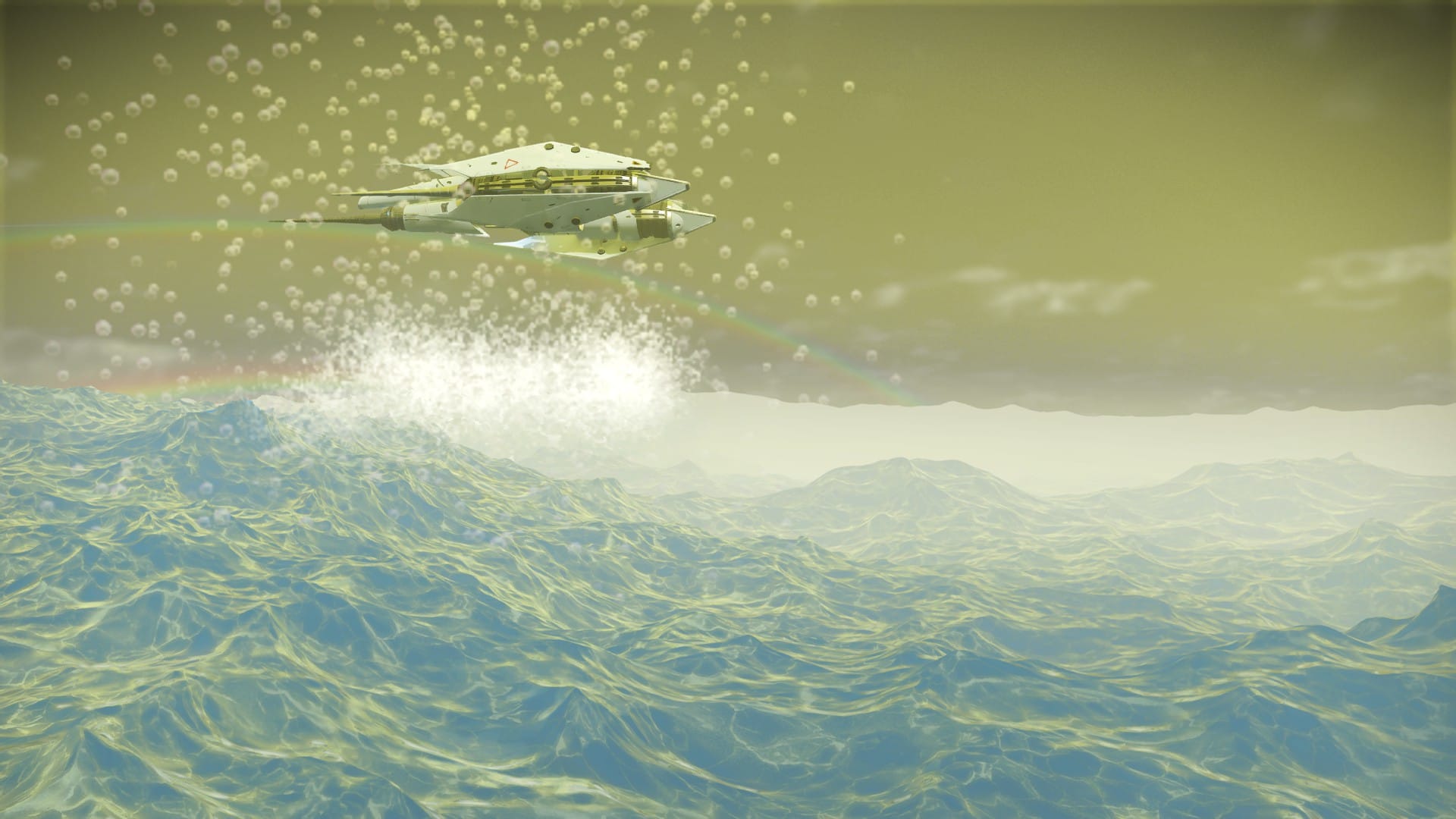
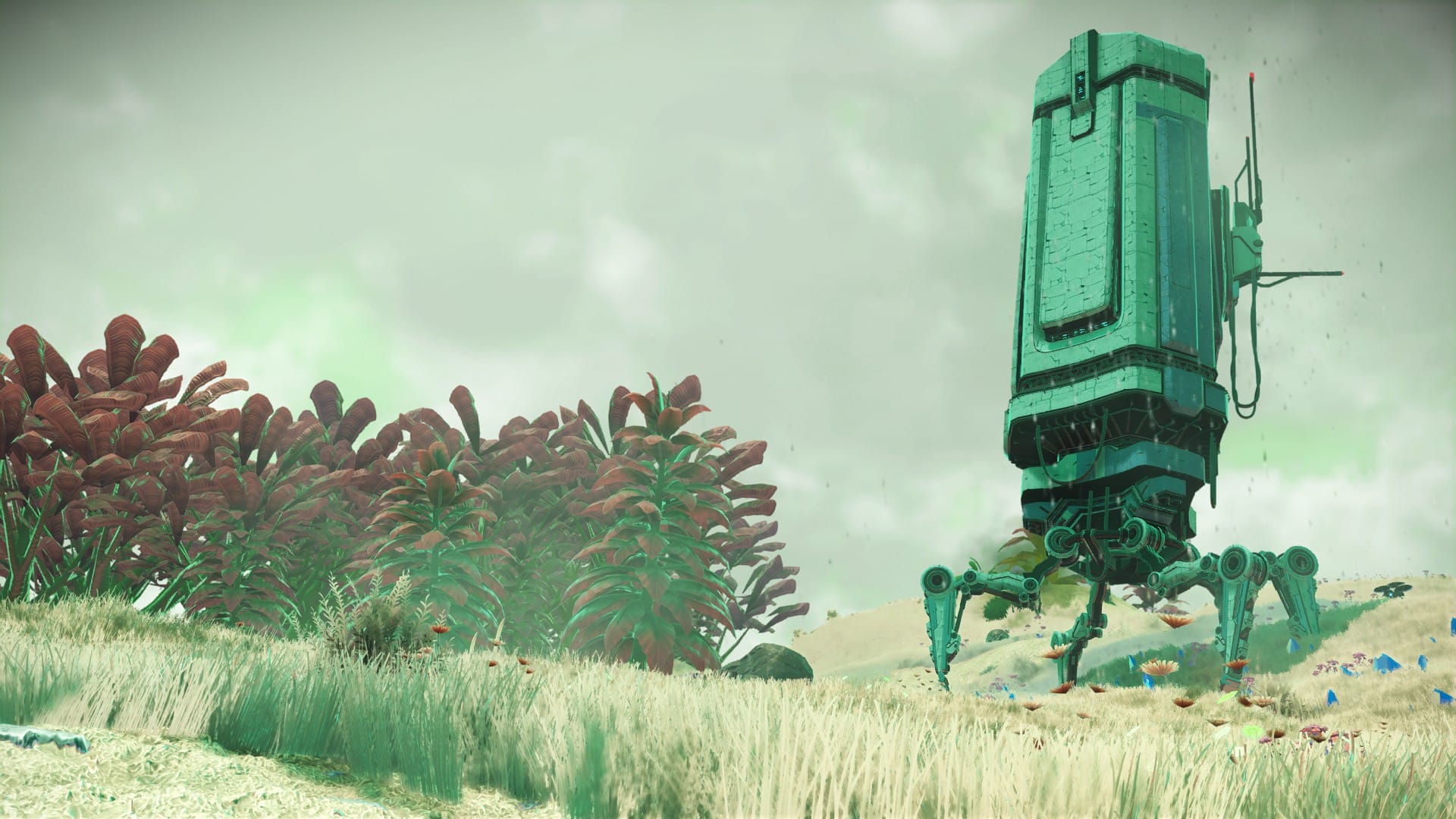
Below I have included two IGN deep dives for each respective Worlds update with Sean Murray, the beloved Managing Director of HelloGames, explaining the development direction him and his team had in mind during the creation process. Additionally, I have included the detailed patch notes indicating changes to the game with these recent updates.
